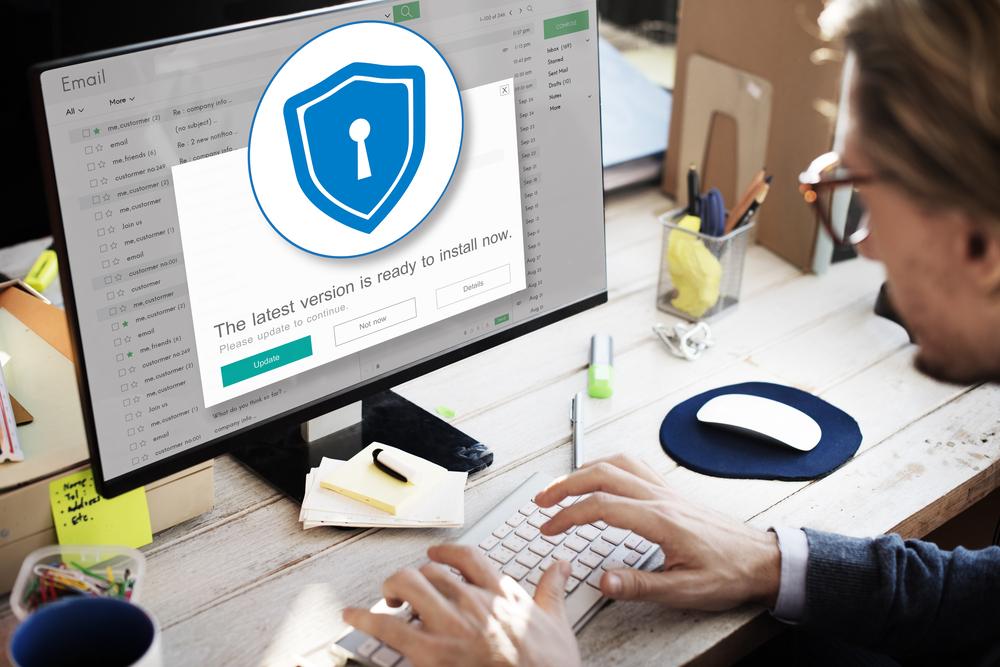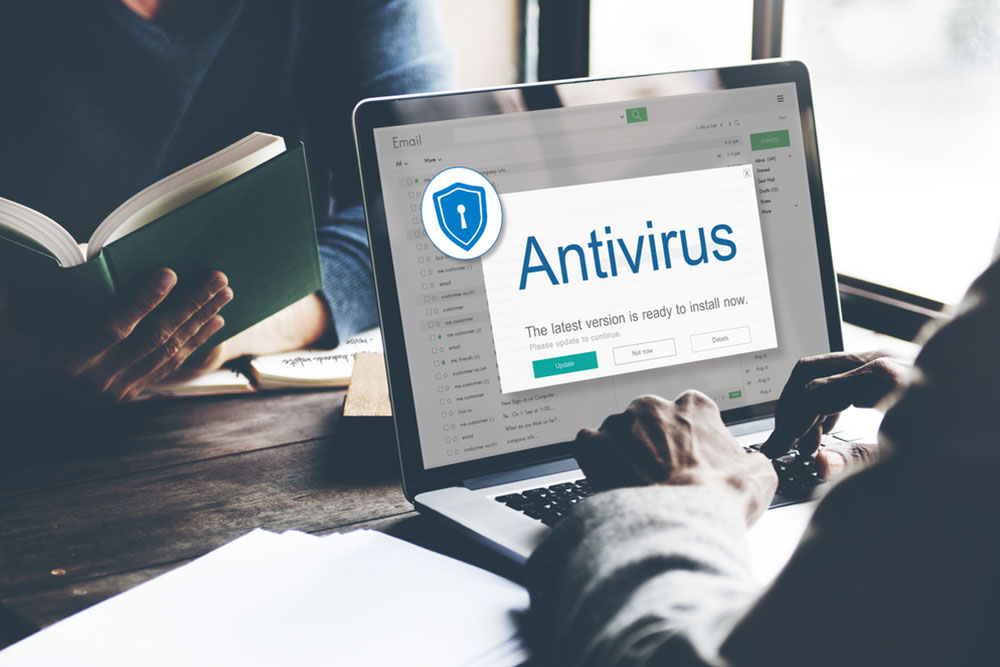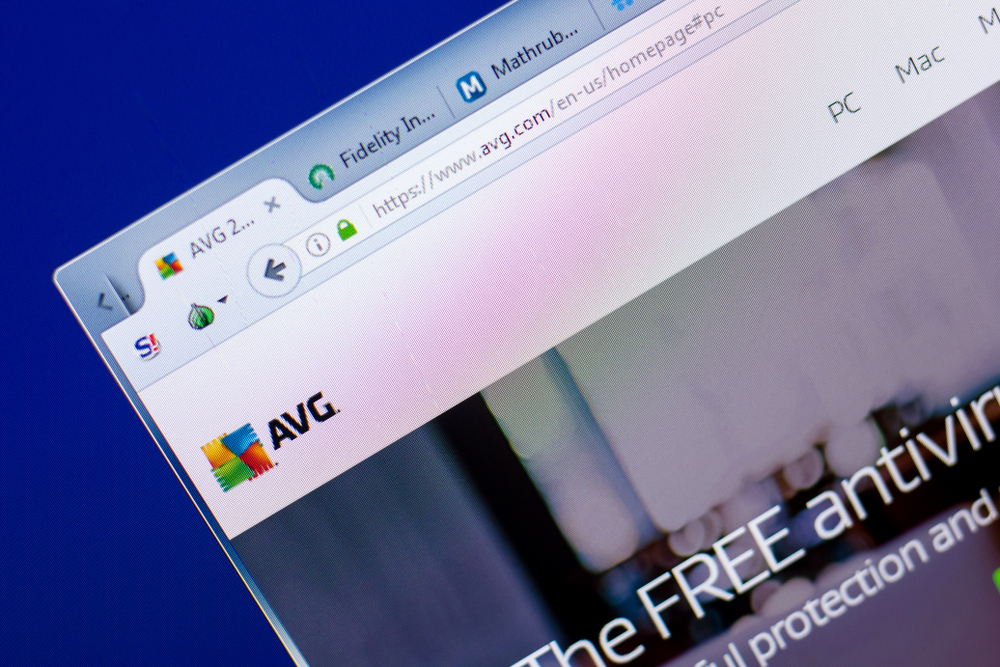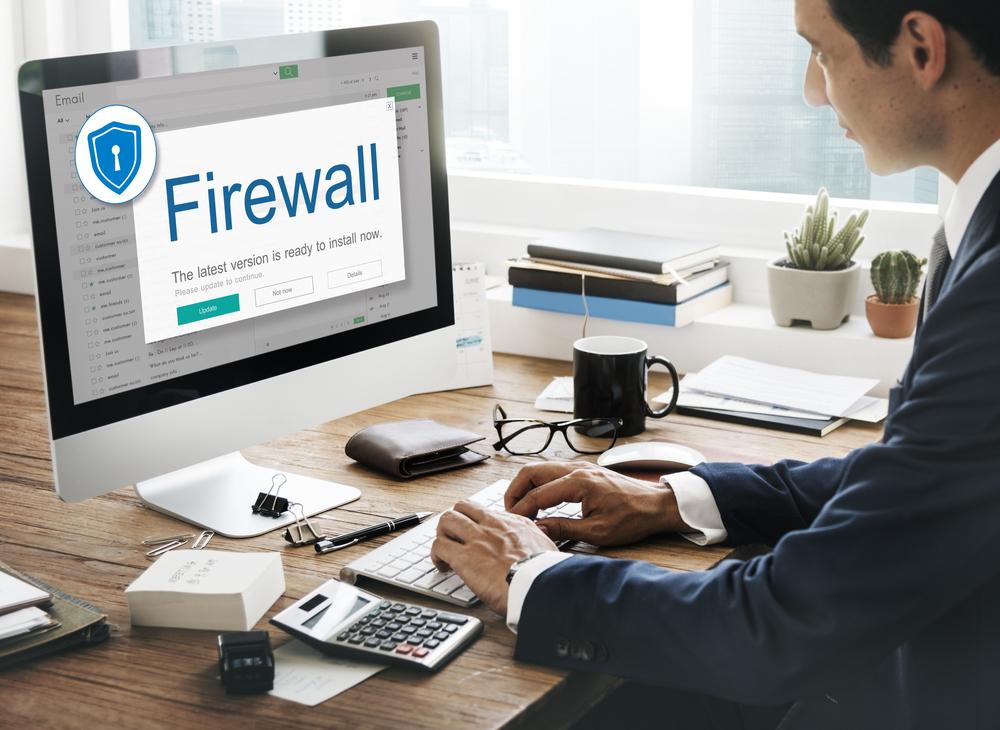Top Strategies to Protect Yourself from Credit Card Fraud
Learn essential strategies to prevent credit card fraud. This guide highlights security tips including secure shopping practices, recognizing skimmers, managing social media privacy, leveraging mobile payments, avoiding saved card data, using virtual cards, employing password managers, and monitoring credit reports. Protect your finances by adopting these proactive measures to stay safe from scams and unauthorized transactions.
Top Strategies to Protect Yourself from Credit Card Fraud
Using credit cards offers convenience, rewards, and flexible payment options. However, as online and offline scams become more sophisticated, protecting your card details is essential. Despite security features like CVV and PINs, fraud incidents are rising. To safeguard yourself, it’s vital to follow key preventive measures that shield your financial information from theft and misuse.
8 Key Tips to Prevent Credit Card Fraud
Shop on Secure Websites
Always verify that websites use "https" and display a padlock icon before entering your card details. This indicates a secure connection, reducing the risk of phishing and data theft during online transactions.

Identify Skimming Devices
Recognize signs of card skimmers, especially at fuel stations and ATMs. Shady devices attached to card readers can steal your information. Always inspect card readers for tampering before swiping your card; if something looks off, avoid using it.
Manage Your Social Media Privacy
Share minimal personal information online. Thieves often use details like birthdays or pet names from social profiles to guess passwords or security questions. Keep your profiles private to reduce identity theft risk.
Embrace Mobile Payment Options
Apps like PayPal, Samsung Pay, and Apple Pay use tokenization to protect your card data. These services ensure your actual card number stays hidden, making it harder for hackers to misuse your information during transactions. Consider transitioning to mobile payments for added security.
Avoid Saving Card Data on Websites
Refrain from saving your card details on online stores or gateways. Data breaches can occur even on trusted sites, exposing your information. Manually enter your card details each time to enhance security and decline saving prompts.
Use Virtual Credit Cards
Virtual card numbers are temporary and distinct from your real credit card number. They provide a secure way to shop online, as even if breached, your actual card details remain protected. Contact your bank to check if this feature is available.
Utilize Password Managers
To prevent unauthorized access, use password management tools that generate and store complex passwords securely. These tools encrypt your login details and reduce the risk associated with reused or weak passwords across different accounts.
Monitor Your Credit Reports Regularly
Regularly reviewing statements helps identify unauthorized transactions early. Set up alerts for suspicious activity and report any discrepancies immediately to prevent further fraud or identity theft.
Note:
The advice provided here combines research, expert insights, and current data. Financial scenarios evolve, and individual circumstances vary. Always consult a professional before making significant financial decisions. The website is not responsible for inaccuracies or differing opinions.










